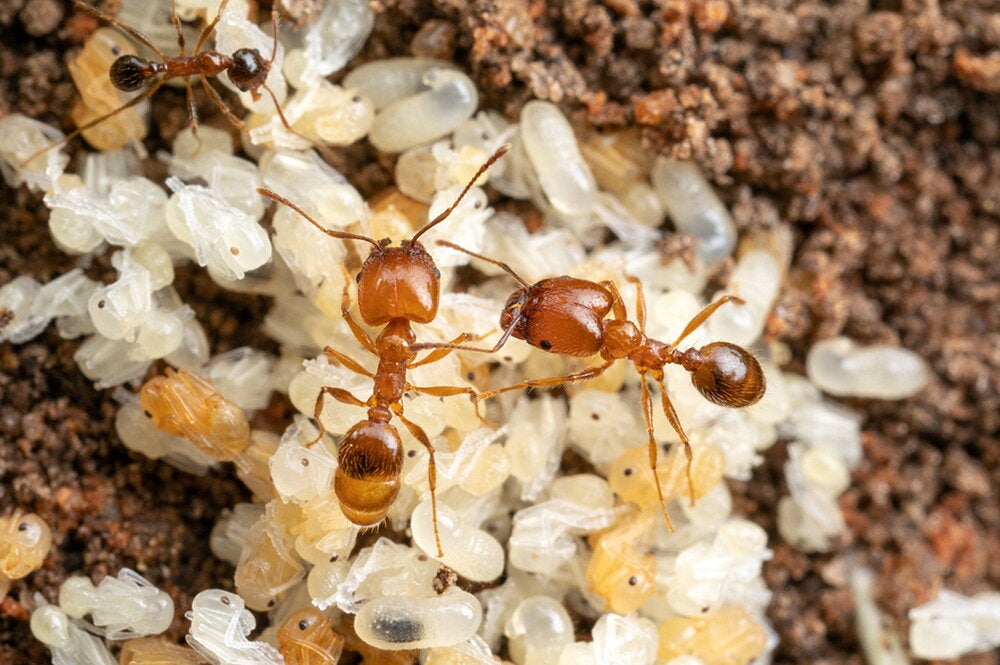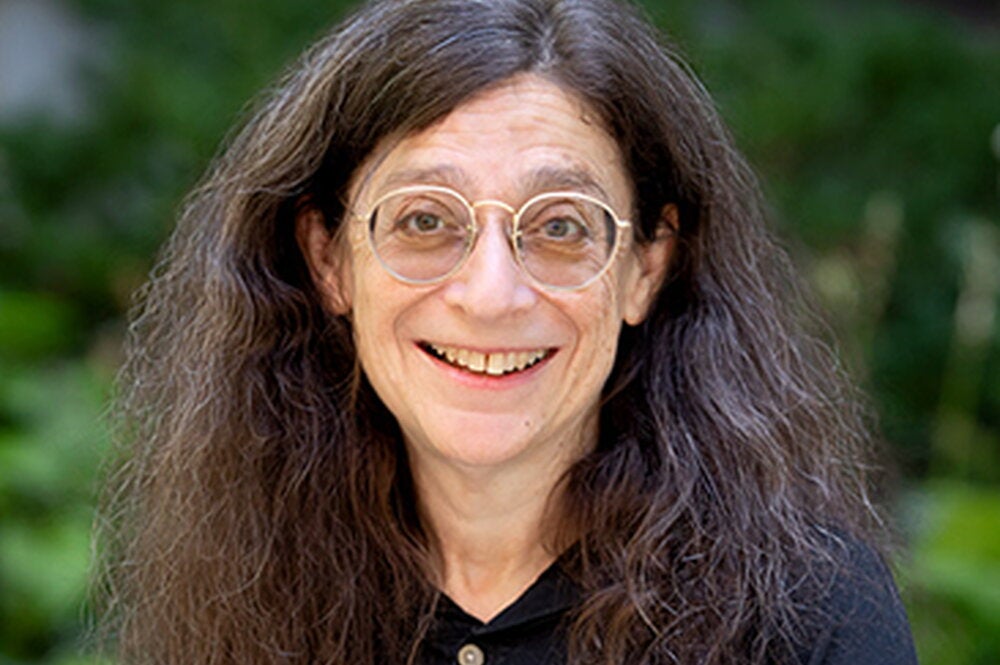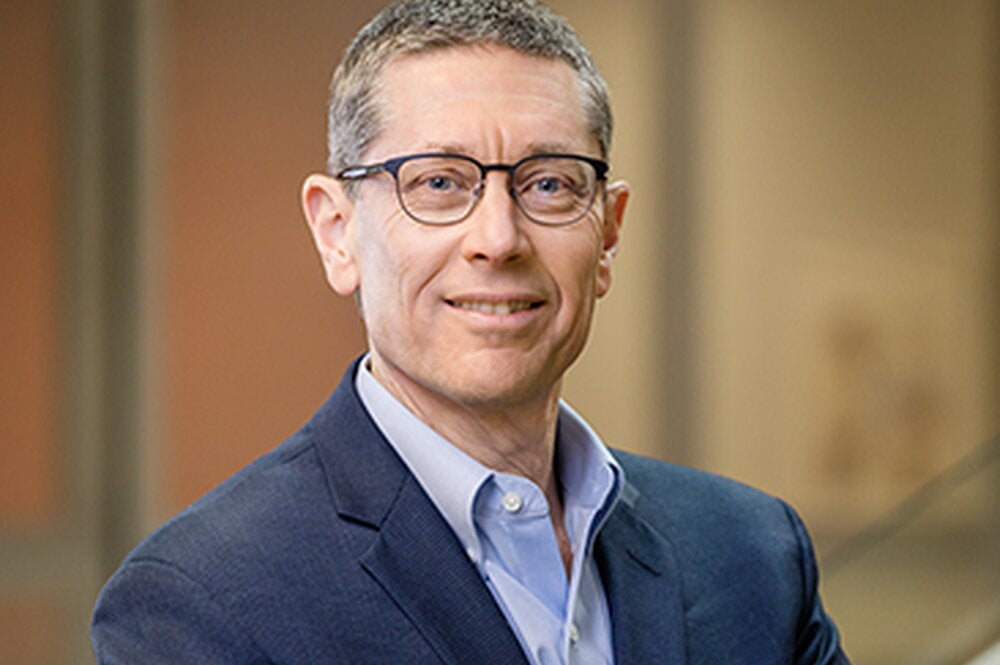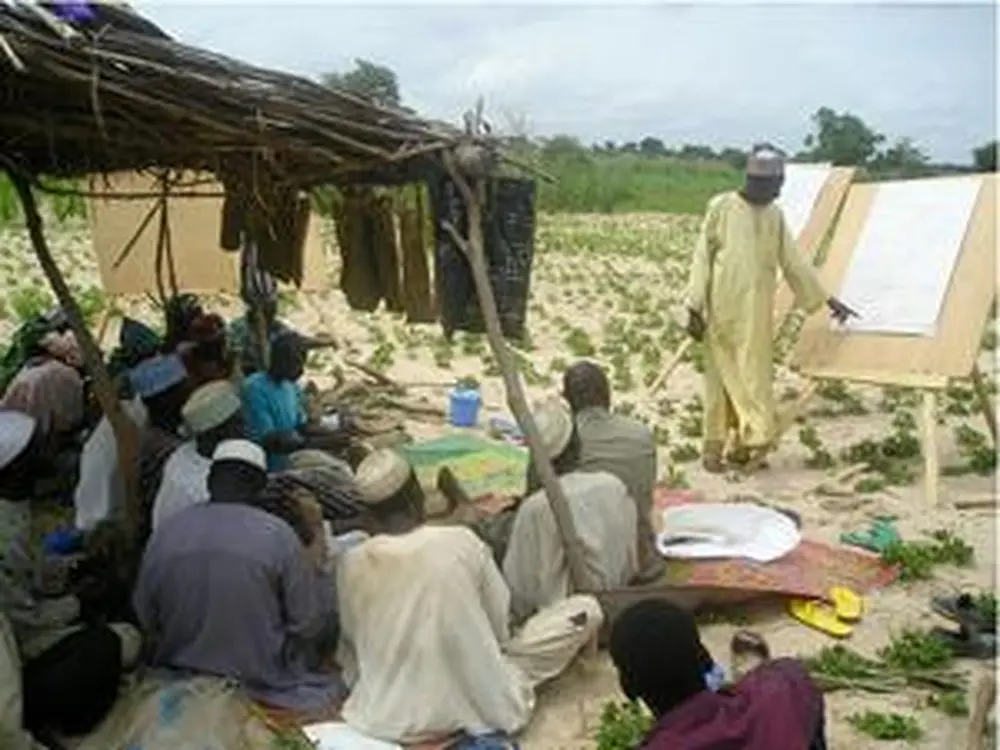
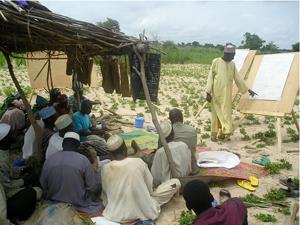
When a massive earthquake shook Haiti to its core in January of 2010, it didn’t just unleash deadly geologic forces. The quake also unleashed the first cholera outbreak in decades, due to contaminated water in the wake of disaster.
Aid has poured into Haiti, but one of the most unique forms of assistance involves animation and cell phones, and it comes from the University of Illinois. A U of I team recently signed a contract with Haiti’s largest cell phone company to distribute a free cell phone-ready animation that teaches people how to protect against cholera.
The cholera video is just one part of an innovative outreach program that takes advantage of the cell phone revolution, which has swept across areas where telephone lines never reached, says Barry Pittendrigh, an LAS entomologist and one of the leaders of the team. Pittendrigh has been to Africa over three dozen times in the past 10 years, and he is amazed by the number of instances in which he has gone to remote villages and found people living a very simple agrarian lifestyle but still carrying a smart cell phone.
“Many people in these villages will invest in a cell phone because it makes a lot of economic sense,” he says. “Every year that I go back, I see more and more sophisticated phones.”
The U of I team is reaching low-literate farmers in developing countries with highly visual information that could mean the difference between a healthy crop and a devastating loss. Many of the first instructional videos are simple, but highly effective animations of critical farming practices.
The project started over coffee in a brainstorming session among Pittendrigh, extension specialist Julia Bello-Bravo, and business professor Madhu Viswanathan. The result was the Sustainable Development Virtual Knowledge Interface—a website that rapidly delivers scientific information to extension agents who work with low-literate people in developing countries.

Pittendrigh and Bello-Bravo also teamed with U of I Extension educator Francisco Seufferheld to create Scientific Animations Without Borders, which is working with Argentinian animators to develop short videos for the interface. The animated videos cover topics such as how to kill cowpea pests through solar treatments, or how to create safe biological pesticides with extracts from neem seeds.
“In Africa, about 200 million people rely on the cowpea as a major protein source in their diet, especially those who live on less than two dollars a day,” Pittendrigh explains.
But the cowpea also happens to be highly susceptible to a diversity of pests. Therefore, if farm agents in the field need a video on controlling cowpea pests, they simply download one of the animations to their cell phone, and in 20 minutes they could be showing an African villager how to triple-bag cowpeas to prevent pest damage in storage.
The U of I team has developed a network of specialists across the world, and material for the website can come from anywhere, as long as it goes through the peer-review process to make sure it is scientifically sound. Not all of the information will be made into animations, however. A lot of it will come in other forms, such as downloadable posters, PowerPoint presentations, and audio files.
By tapping into a worldwide network of specialists, Pittendrigh says the website will be able to provide information grounded in the various cultures, rather than being seen as coming from a strictly American perspective.
“This gives us an opportunity to tap into scientific, indigenous knowledge and share it so the world will have easy access to it,” he adds. “There are over a billion low-literate learners on the planet. That’s 1 billion people who need better access to knowledge that can improve their lives.”
